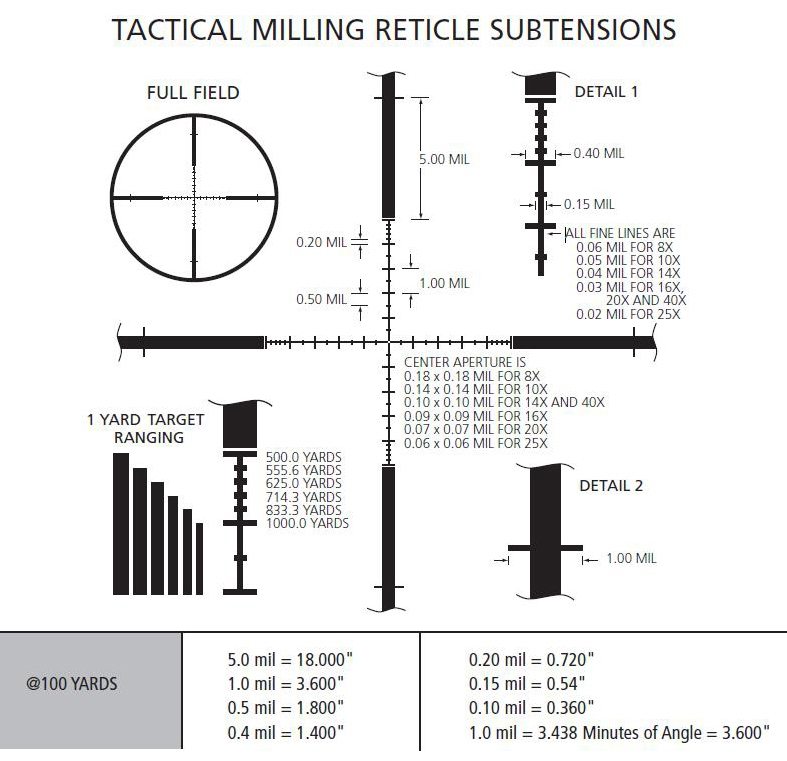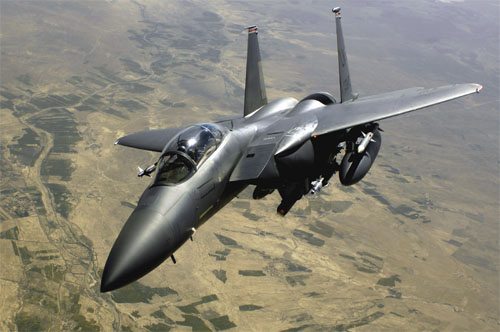,
Washington: The White House Wednesday dismissed a leaked military chart that shows Iraq sliding toward “chaos” as an outdated snapshot of sectarian violence at the height of Ramadan that has since dropped sharply. The US Central Command prepared the color-coded bar chart as part of a slide presented at a classified briefing on October 18, according to the New York Times, which ran the slide on Wednesday with a story about it.
“That was a snapshot taken at the height of the Ramadan violence,” said Tony Snow, the White House spokesman.
“If you got the same report last week, you would have found out the national sectarian incidents from the 21st to the 27th dropped 23 percent; casualties nationwide dropped 23 percent; incidents of sectarian violence in Baghdad dropped 23 percent; sectarian killings in Baghdad dropped 41 percent,” he said.
Pentagon press secretary Eric Ruff said it was “really regrettable that slides of secret or classified materials manage to get out.”
Titled “Iraq: Indications and Warnings of Civil Conflict,” the slide lists key indicators that the military monitors to judge whether conditions are getting better or worse.
It also contains a bar chart labeled “Index of Civil Conflict” with “peace” at one end in green and “chaos” at the other end in red, and arrows marking various points on the continuum.
The bombing of a Shiite shrine in Samarra in February, which triggered the current wave of sectarian violence, is marked in an orange area past the midpoint of the scale.
Deep in the red zone is the arrow marking the “current” situation, a notch closer to “chaos” than the previous week and much closer to the end of the chart than to the Samarra bombings.
The slide lists 14 indicators of civil conflict and gives each a rating — either “routine,” “irregular,” “significant,” or “critical.”
The only one rated “critical” was “low level violence motivated by sectarian differences.”
“Militias expand security role,” “governance,” “police ineffectual,” “sectarian tensions/violence displace populace,” “political/religious leaders lose moderating influence over constituents” all were assessed as “significant.”
A rating of “irregular” was given to “provocative sectarian attacks/assassinations,” “army ineffectual,” “neighbors enable violence,” “sectarian conflicts between/within ISF forces,” “ISF refuse to take orders from central government, mass desertion,” and “Kurdish accelerate moves toward secession/ annexing Kirkuk.”
Two other indicators — “political/religious leaders increase public hostile rhetoric” and “unorganized spontaneous mass civil conflict” — were listed as “routine.”
“Urban areas experiencing 'ethnic cleansing' campaigns to consolidate control … violence at an all-time high, spreading geographically,” said a statement at the bottom of the slide.









